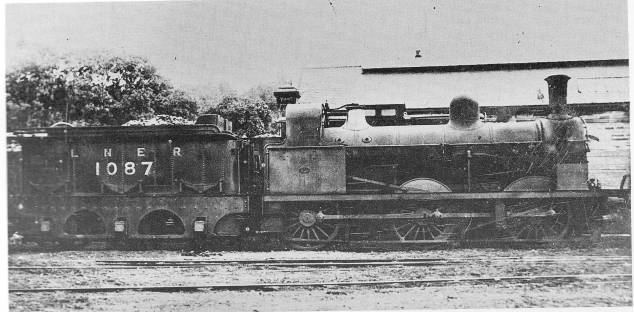
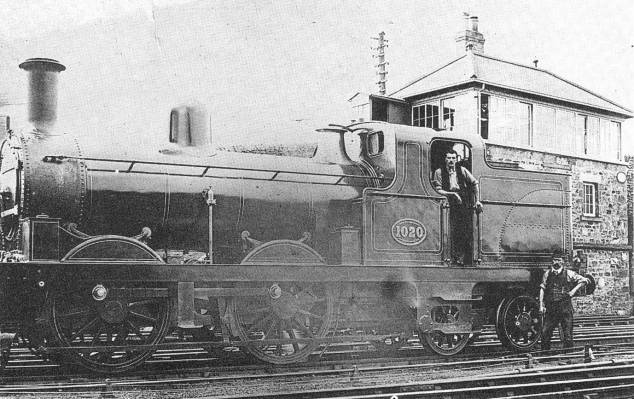
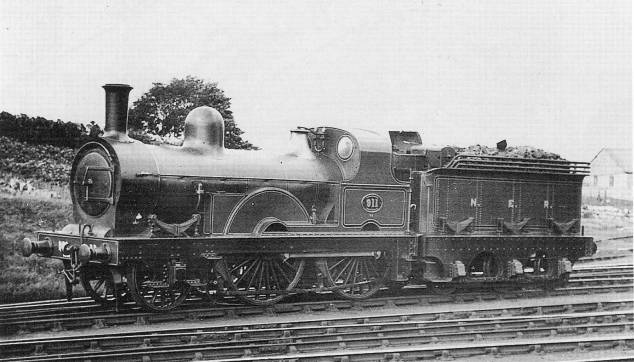
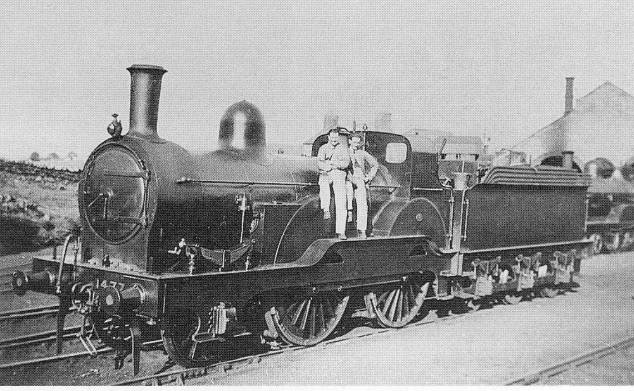
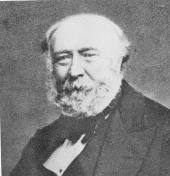
During his long life Edward Fletcher was closely concerned with the evolution and design of steam locomotives from the very earliest prototypes through to the sophisticated examples of Victorian engineering practice produced in the early 1880's.
Fletcher was born in 1809 near Otterburn in Northumberland, and as a young man was apprenticed to George Stephenson at about the time that 'Rocket' was under construction in 1830. Later in that year he drove the locomotive 'Invicta' supplied by Stephenson's company for the Canterbury and Whitstable Railway, and his career during the decade that followed was spent involved as an engineer working on many of the new railway projects being promoted across England. Sadly for us no-one during his lifetime ever wrote a biography of Fletcher during this important and interesting period of railway history.
In 1845 Fletcher became locomotive superintendent of the Darlington and Newcastle Junction Railway, and then two years later of the larger successor company the York, Newcastle and Berwick Railway. In this role he was responsible for developing the Greenefield Locomotive Works on the banks of the Tyne at Gateshead, a place that became his home (his official residence being literally next to the works site!) and his operational base for the rest of his working life.
With the formation through further amalgamation of the North Eastern Railway in 1854 he became the Company's first locomotive superintendent, a position which he held for 28 years until his retirement in 1882. Fletcher's priorities throughout his career were quite different from those of later and better known locomotive engineers. He inherited an extraordinarily varied stock of older locomotives from smaller constituent companies and a crucial part of his job was to get the best value out of the enormous previous investment in engines that was available to the North Eastern. Standardisation of designs was not a priority for much of his time in office, and it was mainly towards the end of his career that he began to produce the robust designs like the '901' Class for which he is remembered today.
Edward Fletcher died in West Jesmond, Newcastle, on 21 December 1889.